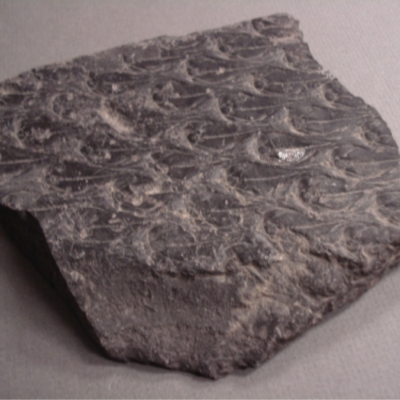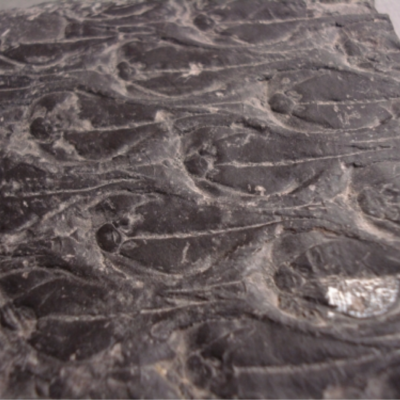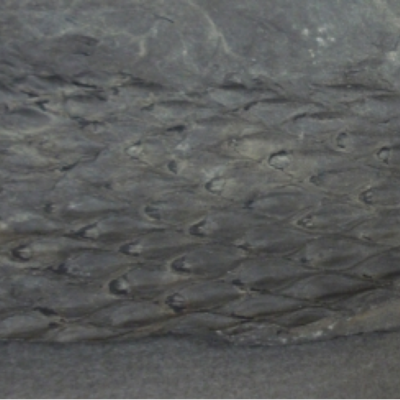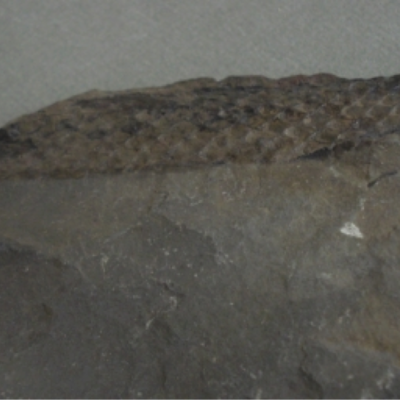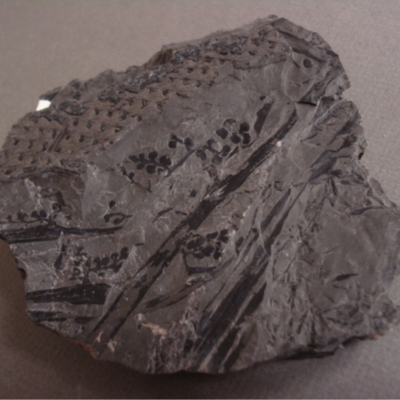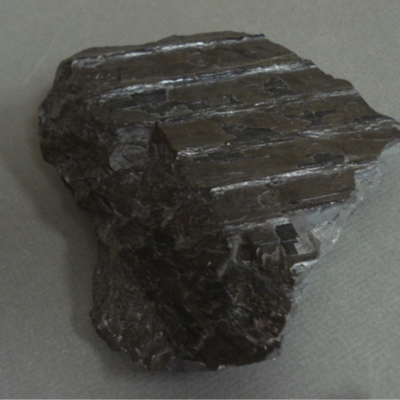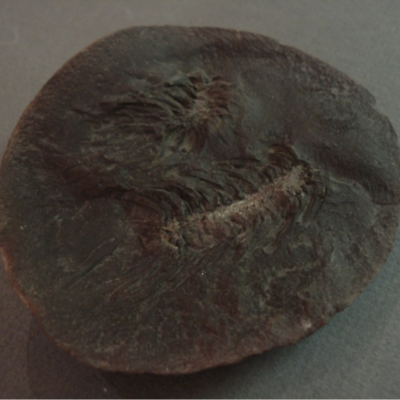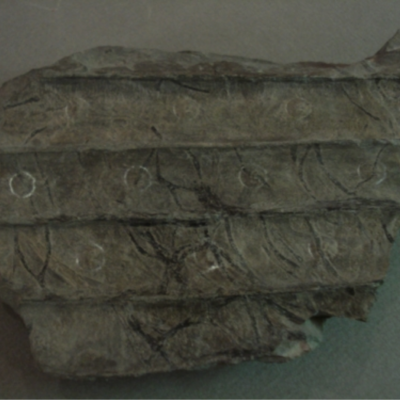Lepidodendron, also known as “scale tree”, is an extinct prehistoric tree which was one of the most abundant trees of the Carboniferous period. It lived in some of the wettest parts of the prehistoric coal swamps and commonly grew in dense stands. Lepidodendron was primitive, vascular and absorbent and was related to modern day club mosses. It could grow to a height of over 180 feet (54 metres) and its trunk was often over 6 feet, or 1.8 metres in diameter. Its trunk produced little wood, and was composed instead of mostly soft tissues. Most of the structural support came from a thick, bark-like region in the trunk. The plant rarely branched, but when it did it was crowned with a cluster of long and narrow leaves which resembled large blades of grass spirally-arranged and ending in cones. Both the leaves and the trunk were green in colour. Common fossils include tightly-packed diamond-shaped leaf scars, which were left by the leaves as they dropped off the trunks and stems of the tree fern as it grew. By the end of the Mesozoic era, this fascinating plant had unfortunately died out.
Lepidodendron likely grew rapidly and only lived about 10 to 15 years. It is believed that it only reproduced once close to the end of its lifetime. It did not produce true seeds, but instead reproduced by elaborate, encapsulated spores.
